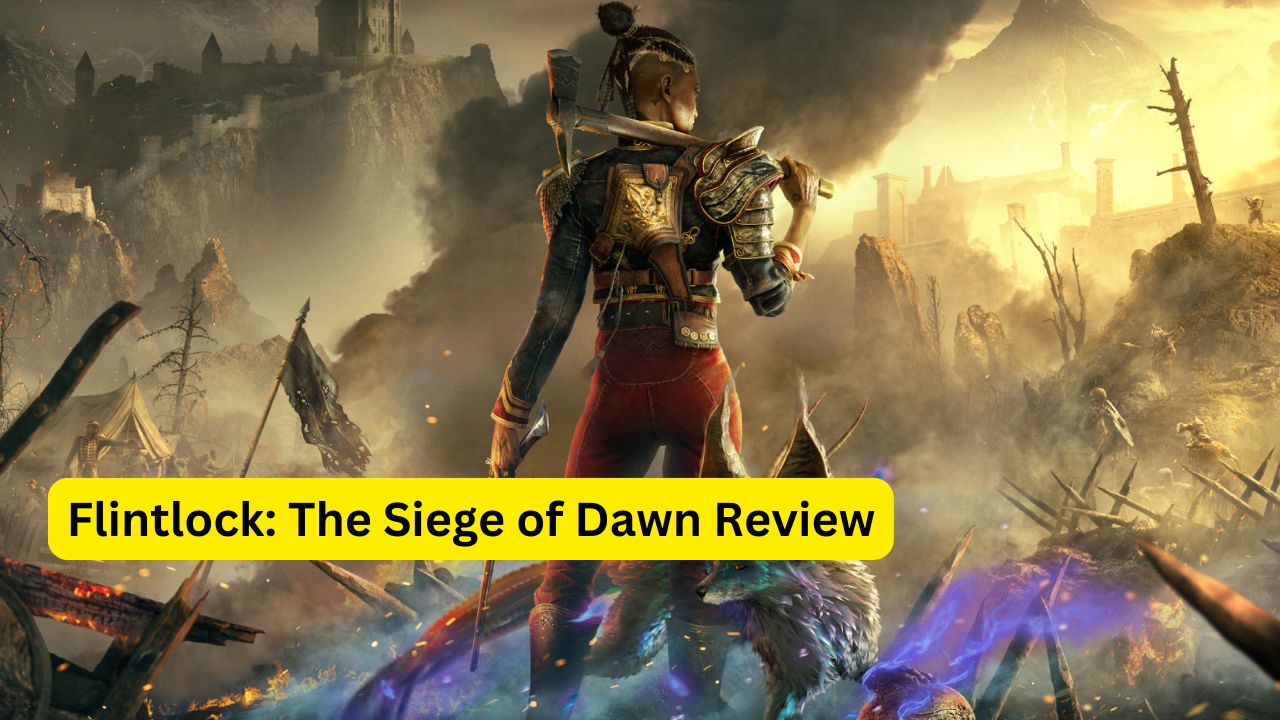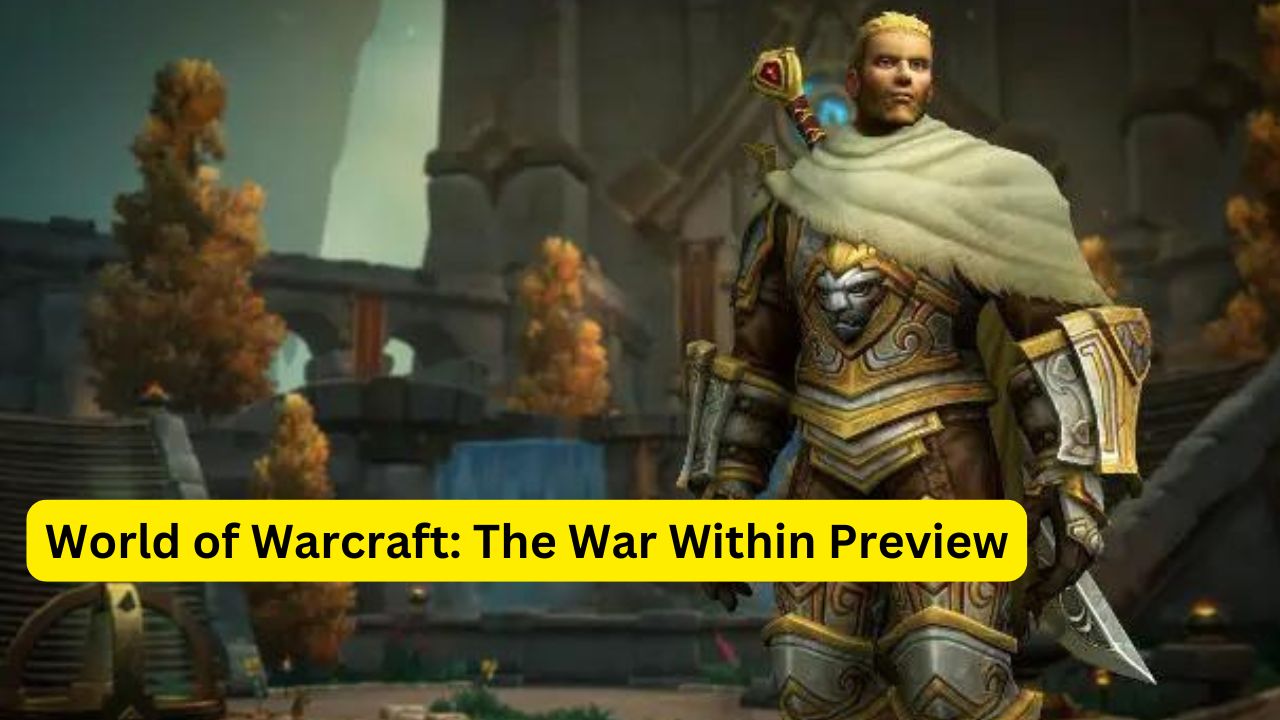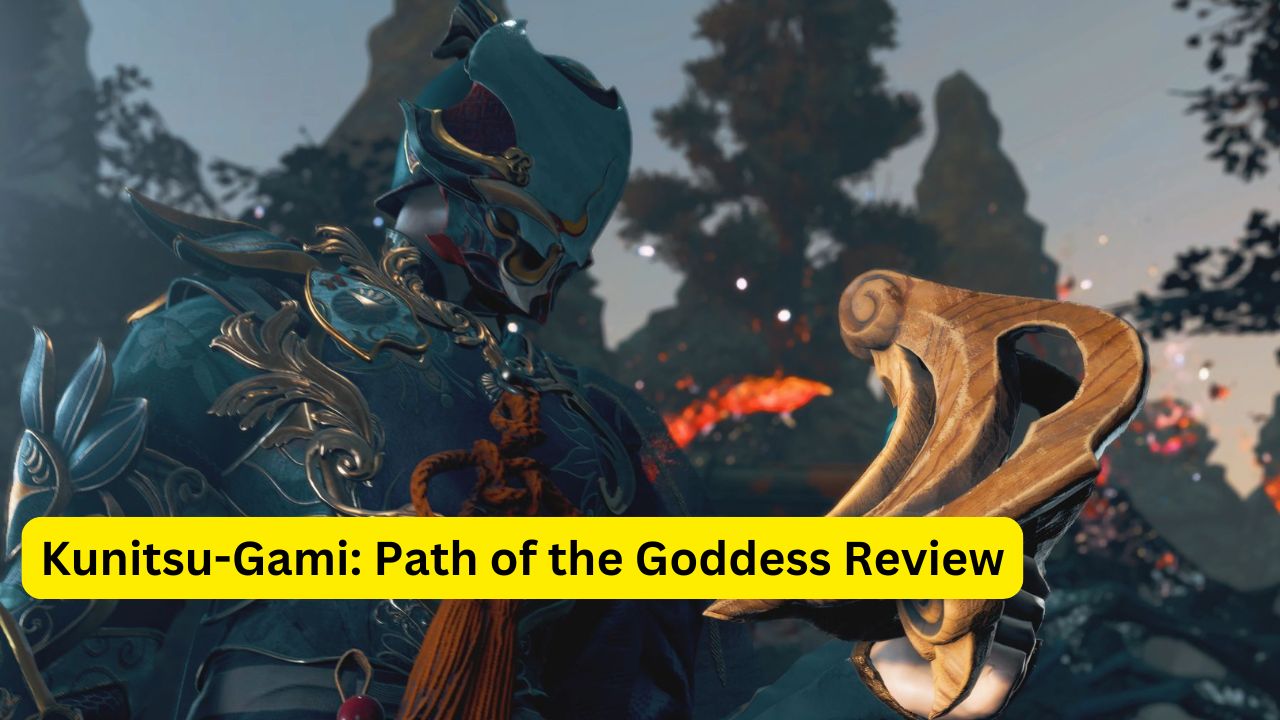Flintlock: The Siege of Dawn Review

Flintlock: The Siege of Dawn is a recent entry in the action RPG genre, specifically categorized as a soulslike game. Developed by A44 Games and published by Kepler Interactive, it offers a unique blend of combat mechanics, narrative elements, and exploration.
This review will delve into various aspects of the game, including its story, gameplay mechanics, combat system, and overall experience, providing a comprehensive overview of Flintlock: The Siege of Dawn.
Overview of Flintlock: The Siege of Dawn
Flintlock: The Siege of Dawn is set in a fantastical world where humanity is engaged in a desperate battle against the undead and the gods of the “Great Below.” Players control Nor Vanek, a sapper who inadvertently unleashes these gods upon the world.
She is joined by Enki, a fox-shaped god, as they navigate a war-torn landscape filled with challenges and adversaries. The game combines elements of traditional RPGs with unique mechanics that set it apart from its inspirations.
Narrative and Character Development
The story of Flintlock revolves around themes of revenge and companionship. Nor’s journey is driven by her desire to combat the gods that have wronged humanity. The relationship between Nor and Enki is a focal point of the narrative, evolving from mere allies to companions fighting for a shared cause.
While the chemistry between the characters is engaging, the storytelling occasionally falters due to rushed cutscenes and off-screen developments that leave certain emotional beats feeling unearned. The game opens with a brief exposition before plunging players into the chaos of battle. However, the lack of depth in the world-building and character backstories can detract from the overall experience.
Many NPCs lack significant development, making it difficult for players to form emotional connections with them. This is particularly evident in the early hours of the game, where the narrative feels disjointed and fails to provide a compelling reason for players to care about the war or its characters.
Gameplay Mechanics
Combat System
Flintlock’s combat system is one of its standout features, incorporating a blend of melee and ranged attacks. Players can wield various weapons, including axes, hammers, and rifles, while also utilizing magical abilities provided by Enki. The combat is designed to be fast-paced and fluid, allowing players to chain attacks and execute flashy finishers.
The introduction of a combat multiplier system adds a layer of strategy, rewarding players for maintaining a damage-free streak during encounters. The game encourages players to explore and engage with its mechanics, as defeating enemies grants a resource called Reputation, which can be used to unlock skills and items.
However, players must be cautious, as dying results in the loss of all accumulated Reputation until they can reclaim it from their point of death. This mechanic aligns with traditional souls like games, providing a familiar challenge while also allowing for a more accessible experience.
Exploration and Environment
Flintlock features expansive open-world zones filled with optional tasks, side quests, and collectables. The game encourages exploration, rewarding players with upgrades and items for venturing off the beaten path.
The traversal mechanics, including a double jump and midair dash, allow for vertical exploration and creative movement across the landscape. However, some players have noted that the traversal can feel simplistic and lacks the tension found in other games of the genre, leading to a less engaging experience overall.
Visuals and Audio
The visual design of Flintlock is commendable, with a vibrant art style that brings its world to life. The environments are diverse, ranging from war-torn landscapes to mystical realms, each filled with details that enhance immersion. However, some players have criticized the game for its inconsistent performance and occasional graphical glitches, which can detract from the overall experience.
In terms of audio, the voice acting has received mixed reviews. While some characters are well-voiced, others lack the depth and emotion necessary to elevate their roles within the story. The soundtrack complements the gameplay, providing an atmospheric backdrop to the action, but it does not stand out as particularly memorable.
Challenges and Criticisms
Despite its strengths, Flintlock: The Siege of Dawn faces several challenges. The pacing of the narrative can feel uneven, with significant plot points occurring off-screen or being rushed through cutscenes. This can lead to a disconnect between players and the story, undermining the emotional weight of key moments.
Additionally, while the combat system is engaging, some players have noted that it can become repetitive over time. The lack of diverse enemy types and the predictability of encounters may lead to a sense of monotony, particularly during extended play sessions.
The game’s traversal mechanics, while initially promising, often fail to deliver the excitement and challenge expected from a souls-like title. Many players have expressed a desire for more intricate climbing sections and environmental puzzles that would make exploration feel more rewarding.
Conclusion
Flintlock: The Siege of Dawn is an ambitious attempt to carve out a niche within the crowded soulslike genre. Its unique combat mechanics, engaging character dynamics, and expansive world offer a solid foundation for an enjoyable gaming experience. However, the game is hampered by pacing issues, inconsistent storytelling, and occasional gameplay repetitiveness.
While Flintlock may not reach the heights of its inspirations, it provides a fun and accessible alternative for players seeking a blend of action and RPG elements. With further updates and refinements, it has the potential to evolve into a more polished and engaging title. For fans of the genre, Flintlock: The Siege of Dawn is worth exploring, even if it may not fully satisfy all expectations.


